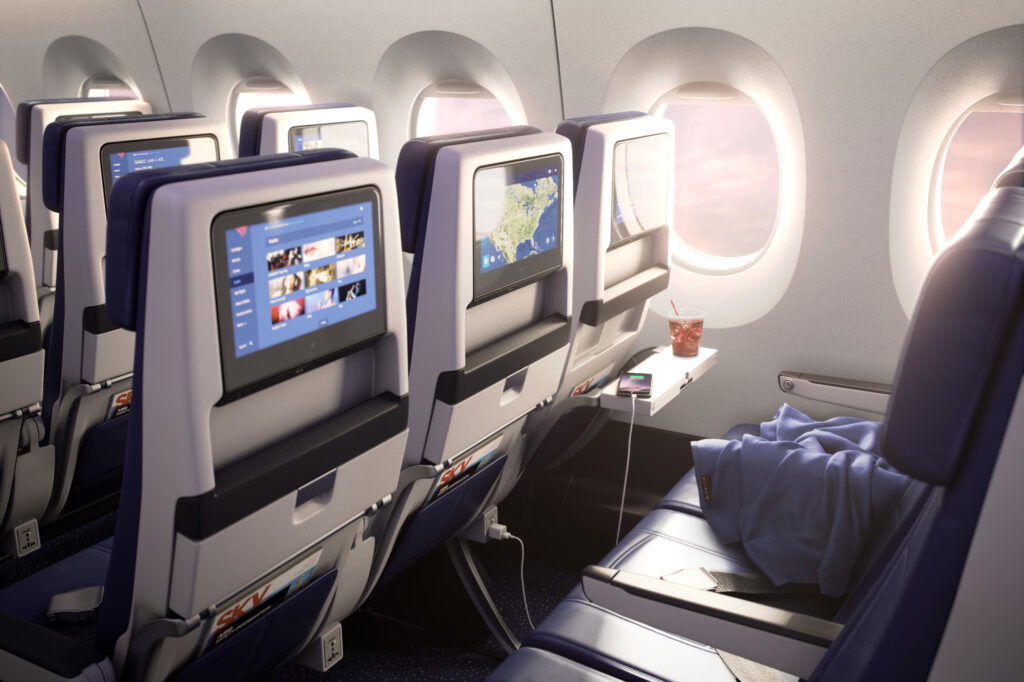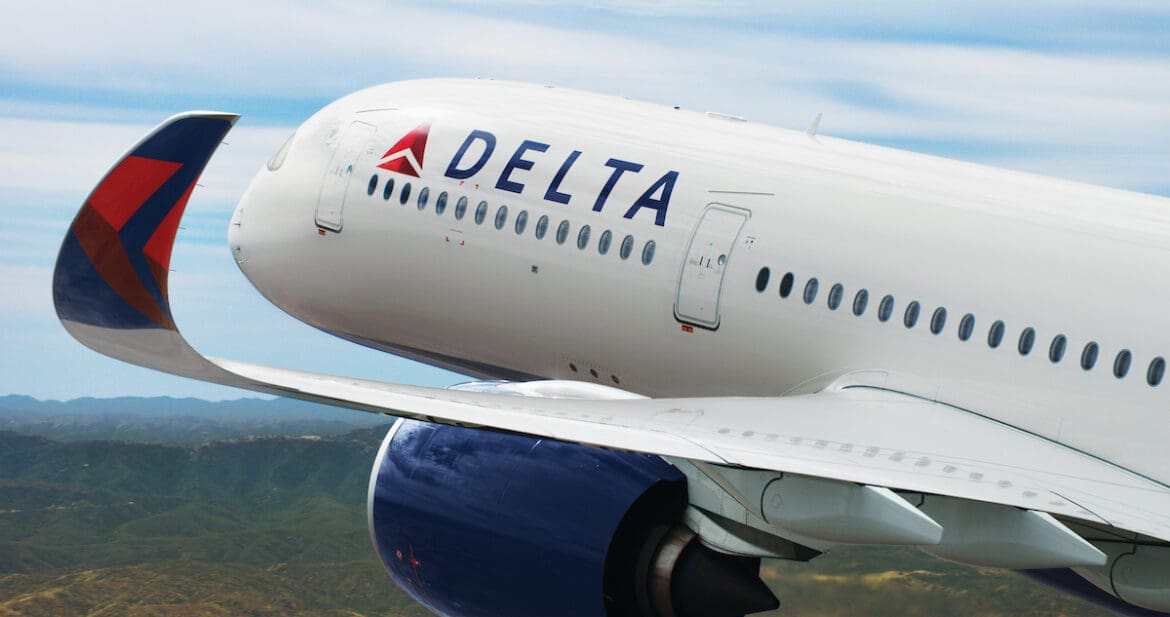Advertiser & Editorial Disclosure: The Bulkhead Seat earns an affiliate commission for anyone approved through the links below. This compensation may impact how and where links appear on this site. We work to provide the best publicly available offers to our readers. We frequently update them, but this site does not include all available offers. Opinions, reviews, analyses & recommendations are the author’s alone, and have not been reviewed, endorsed, or approved by any of these entities.
Delta Air Lines flight DL175 hit severe turbulence on approach to Hartsfield-Jackson Atlanta International Airport (ATL) yesterday. Eleven passengers were taken to the hospital in need of medical attention.

The flight from Milan Malpensa Airport (MXP) was around 40 miles northeast of Atlanta when the Airbus A350-900 was impacted. The plane was carrying 151 passengers and 14 crew. Of those, 11 sustained injuries and were taken to a hospital. Thankfully, none of them were life threatening.
A Delta spokesperson released this statement:
Delta Care Team members are mobilizing to connect with customers on Delta Flight 175 that experienced severe turbulence before landing safely in Atlanta Tuesday. Our priority is taking care of our customers and crew who sustained injuries. We are grateful for the first responders who met the aircraft to provide medical attention and who are transporting the injured to the hospital.”
Wear Your Seatbelt
Turbulence can hit at any time and you can be seriously injured if you’re not in your seat with your seatbelt fastened. Flight attendants make the announcement repeatedly, but until people see incidents like this many do not listen.
Anthony’s Take: I flew into Atlanta last night and was delayed due to weather in the area. Thunderstorms hit and caused a ground stop for a brief period when we were about to board. I’m thankful that we made it safely and wish the injured passengers a speedy recovery.
User Generated Content Disclosure: The Bulkhead Seat encourages constructive discussions, comments, and questions. Responses are not provided by or commissioned by any bank advertisers. These responses have not been reviewed, approved, or endorsed by the bank advertiser. It is not the responsibility of the bank advertiser to respond to comments.
Advertiser & Editorial Disclosure: The Bulkhead Seat earns an affiliate commission for anyone approved through the links above This compensation may impact how and where links appear on this site. We work to provide the best publicly available offers to our readers. We frequently update them, but this site does not include all available offers. Opinions, reviews, analyses & recommendations are the author’s alone, and have not been reviewed, endorsed, or approved by any of these entities.


1 comment
I question the use of the term “on approach”. Is that after the aircraft starts its descent (normal procedure is Seat Belt sign on) or somewhere over the Atlantic at cruising altitude? The term “approach” is most appropriately used when the aircraft has descended below 5,000 feet AGL and most certainly the seat belt sign would be on and the flight attendants would have conducted their checks for that.
Per Flightaware, the aircraft descended to that level during the last 9 minutes of flight.